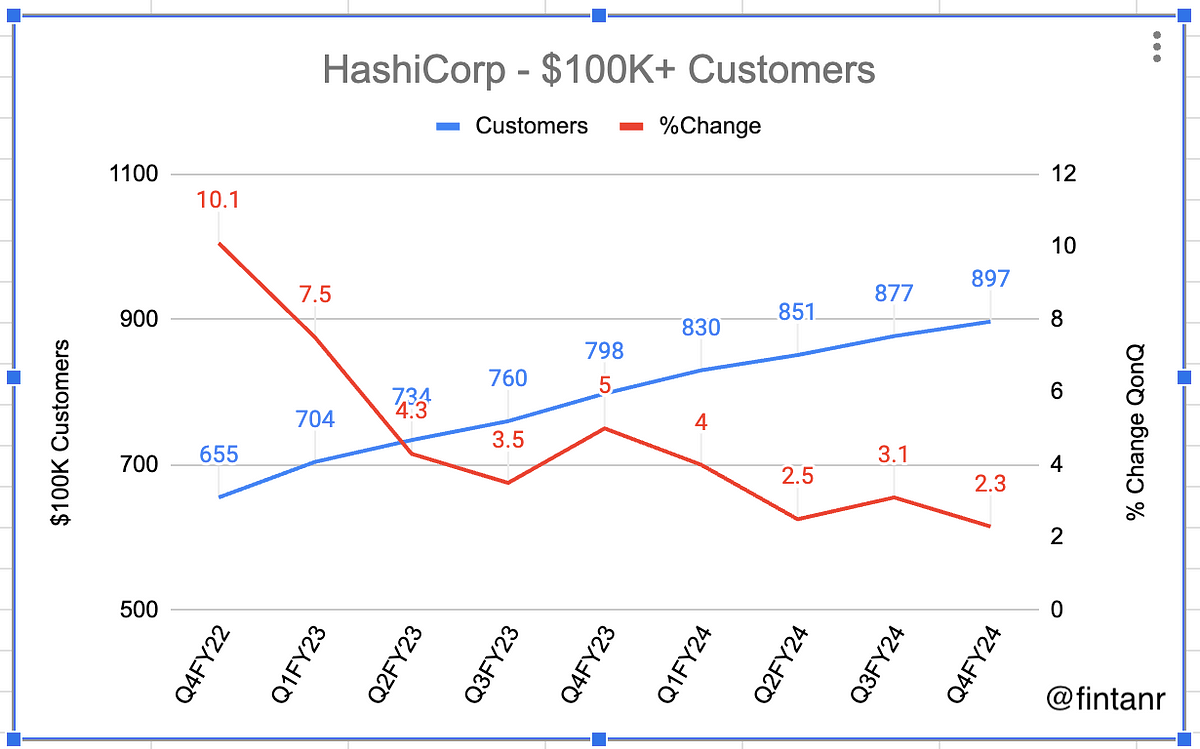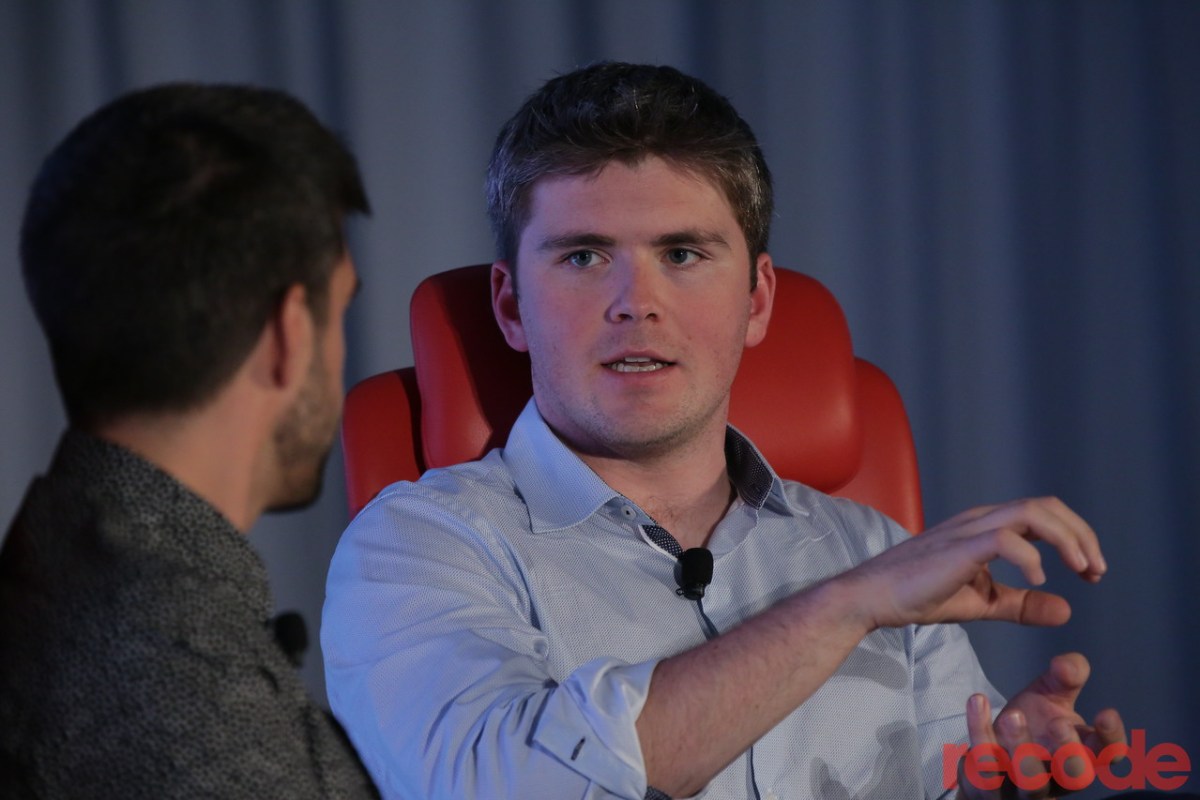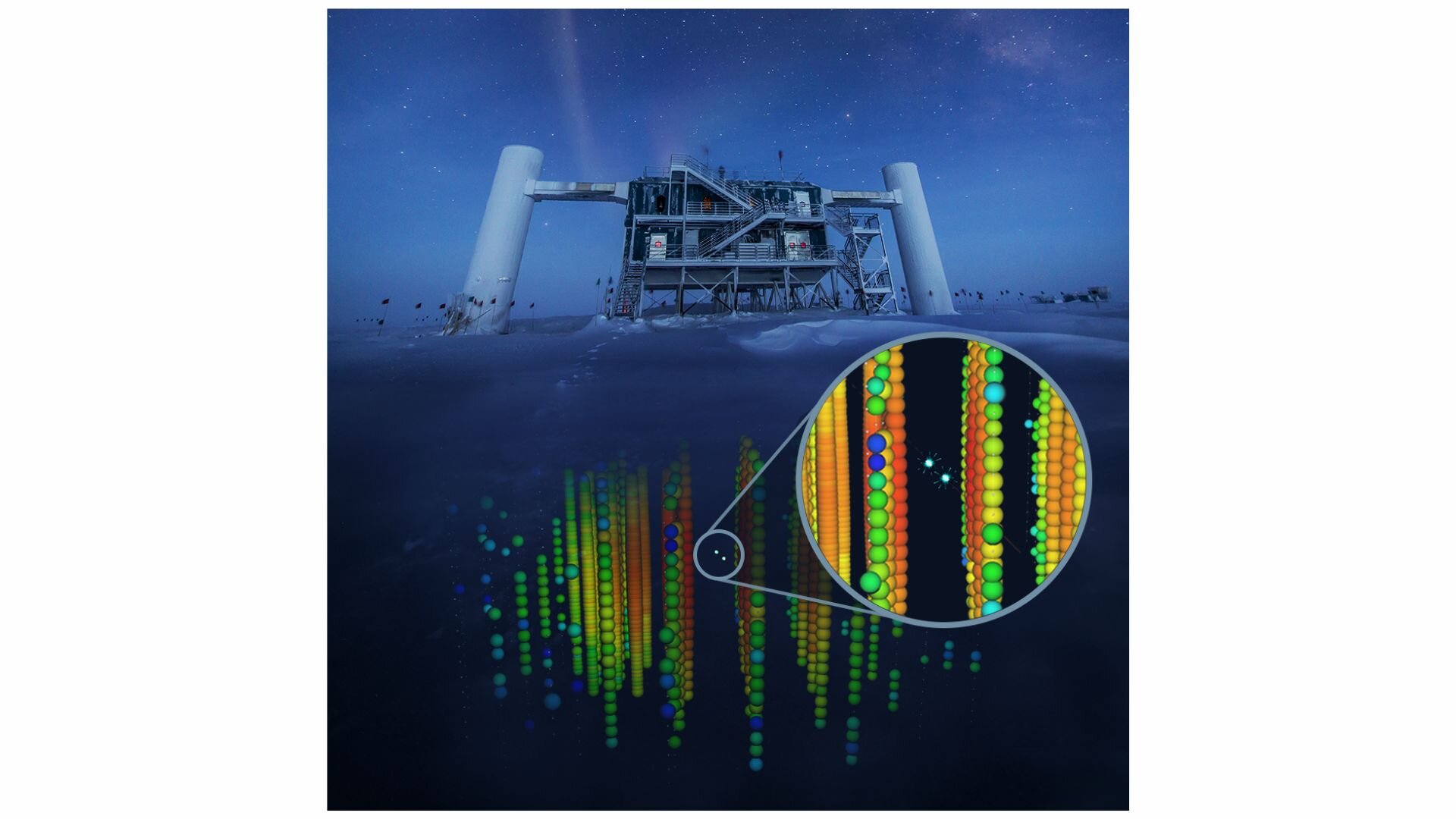
Fusion power The race to build a commercial fusion reactor hots up
A N OLD JOKE about nuclear fusion—that it is 30 years away and always will be—is so well-known that The Economist’s science editor forbids correspondents from repeating it. No one doubts sustained fusion is possible in principle. It powers every star in the universe. Making it work on Earth, though, has proved harder. Engineers have tried since the 1950s, so far without success. The latest and largest attempt—ITER, a multinational test reactor in southern France—has been under construction for 11 years and is tens of billions of dollars over its initial, $6bn budget.
But that record does not dismay a growing group of “alternative fusion” enthusiasts. Through a combination of new technology and entrepreneurial derring-do they hope to beat ITER to the punch. On June 17th one of their number, a Canadian firm called General Fusion, put its investors’ money where its mouth is. It said it would build a demonstration reactor, 70% the size of a full-blown commercial one, at Culham, the site of the Culham Centre for Fusion Energy, Britain’s national fusion-research laboratory. Like ITER, it hopes its reactor will be up and running by 2025.
On paper at least, fusion is attractive. Existing nuclear plants rely on fission—the splitting of heavy atoms, usually of uranium, into lighter ones. The energy thus liberated is used to boil water into steam, which then turns turbines that make electricity. Fusion plants attempt to do the opposite, generating heat by combining light atoms to make heavier ones.













